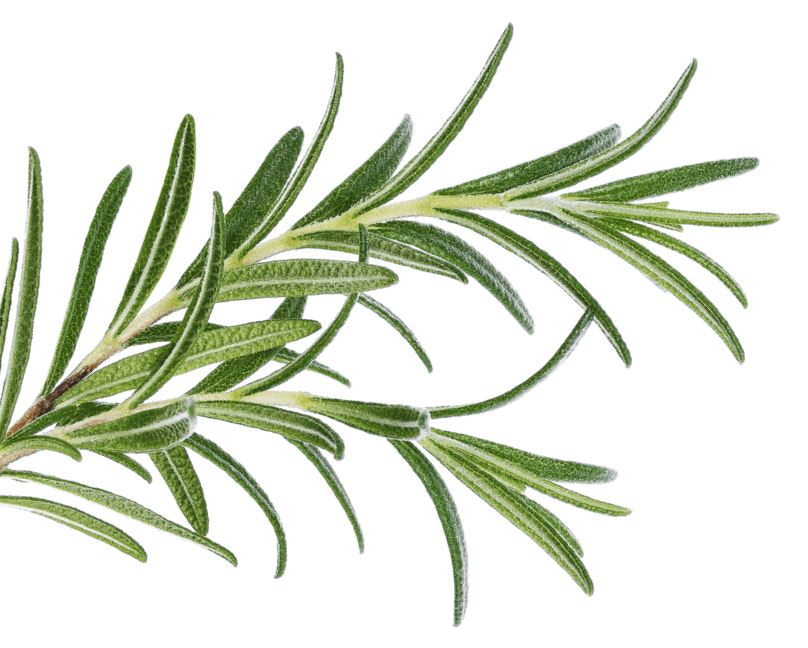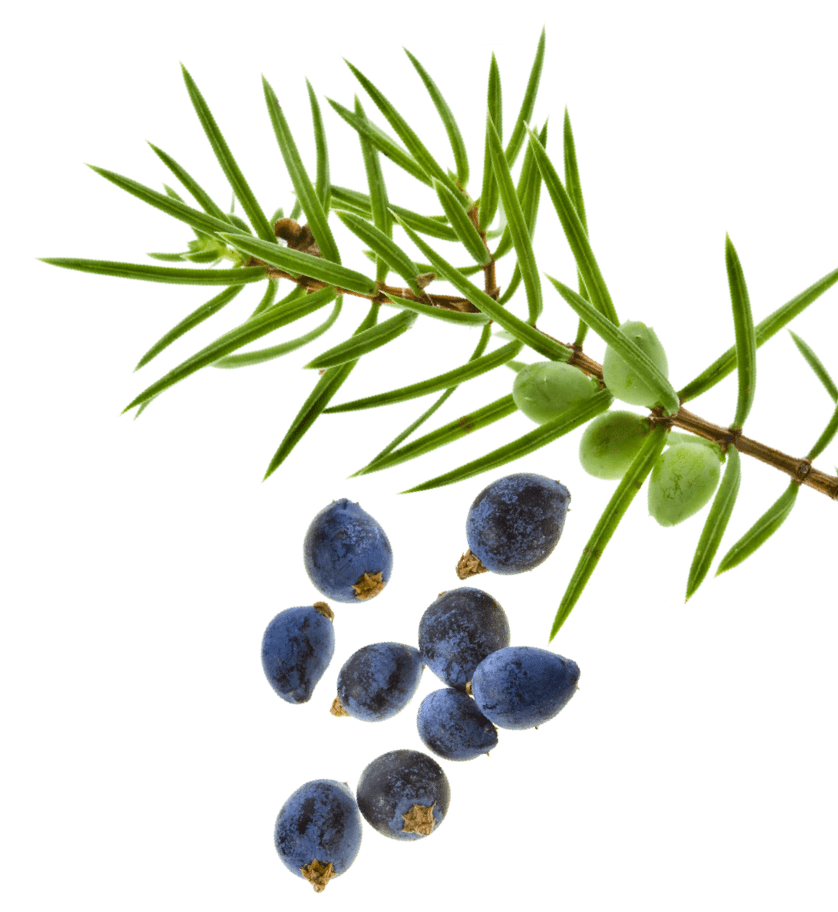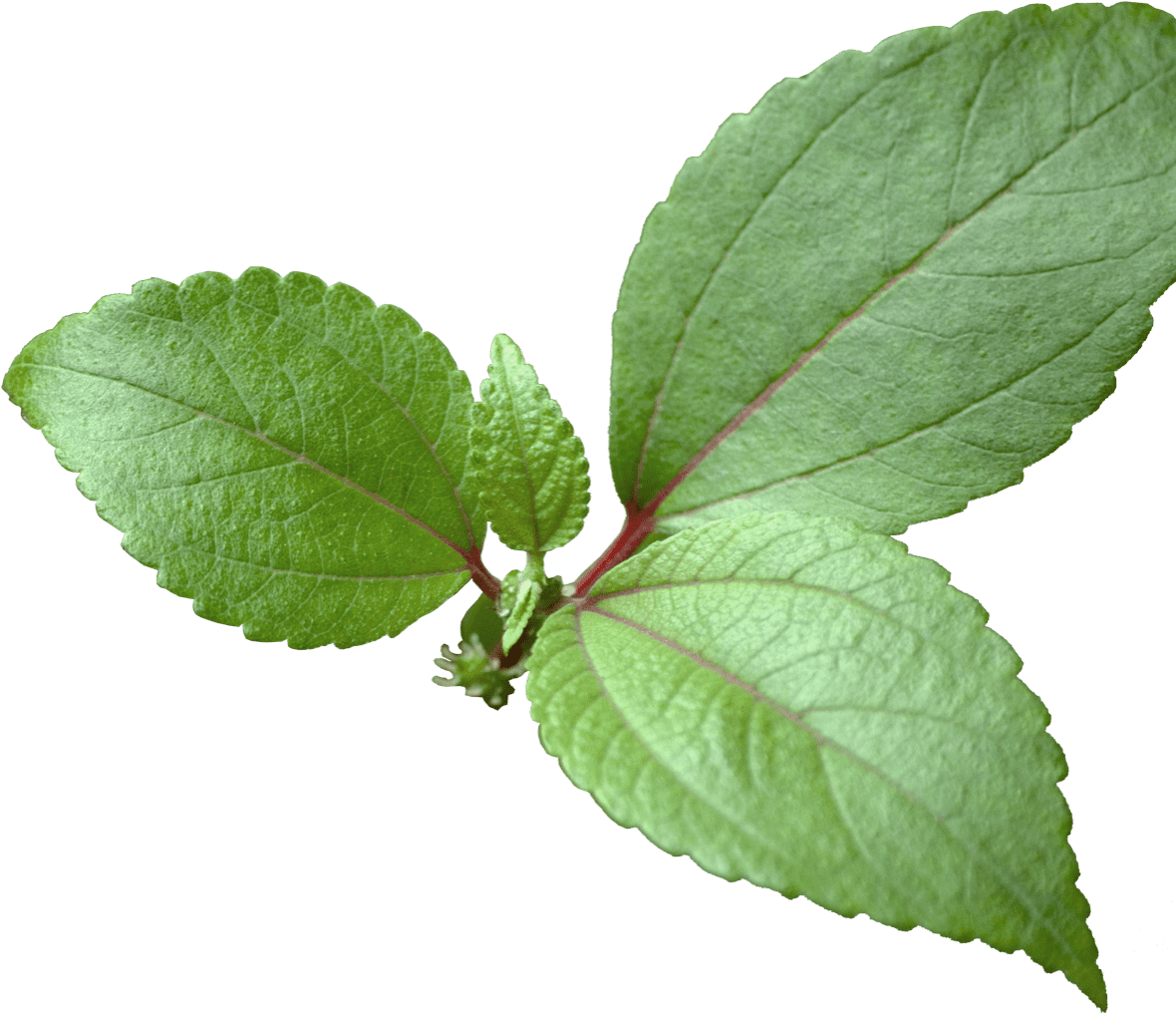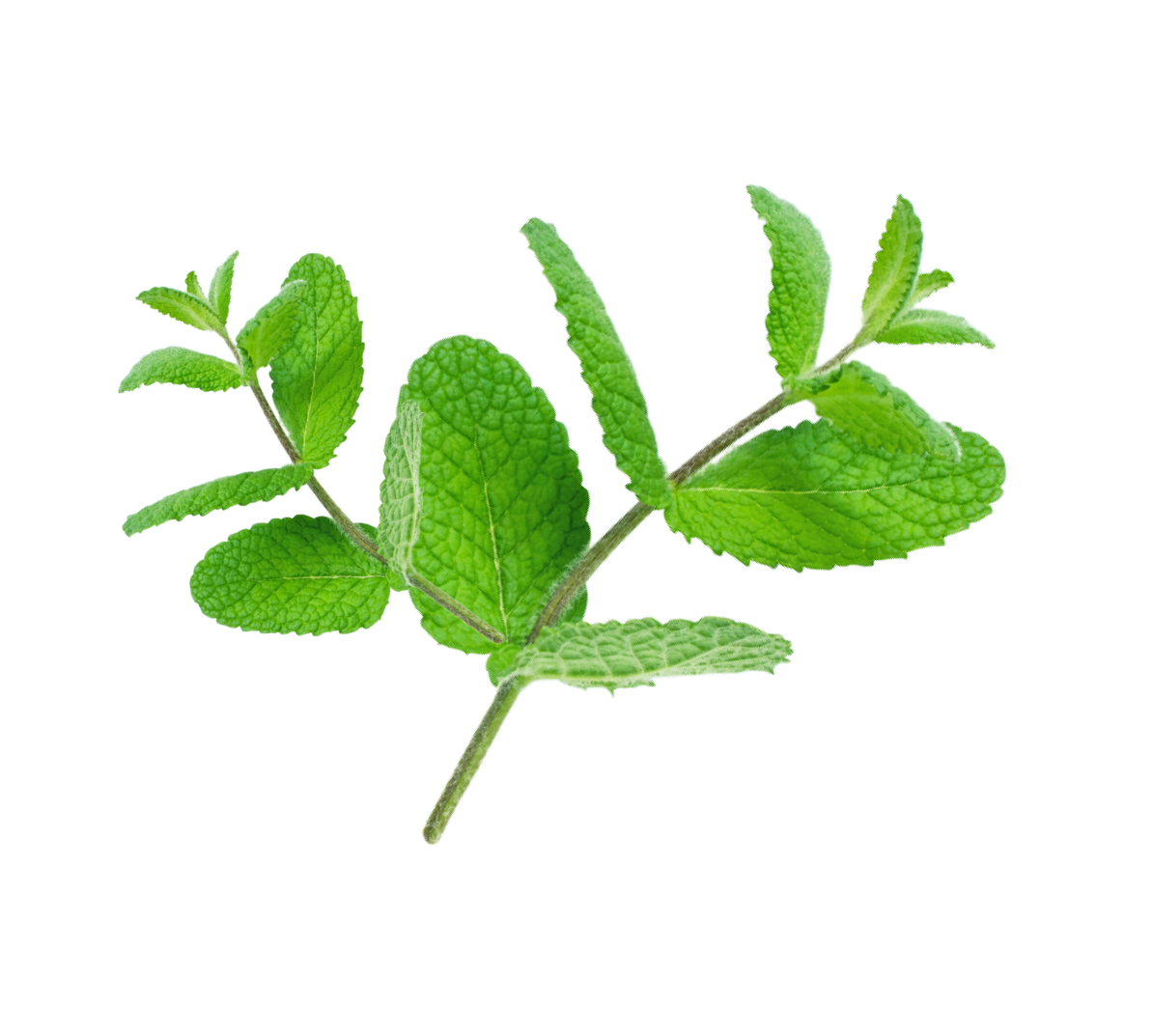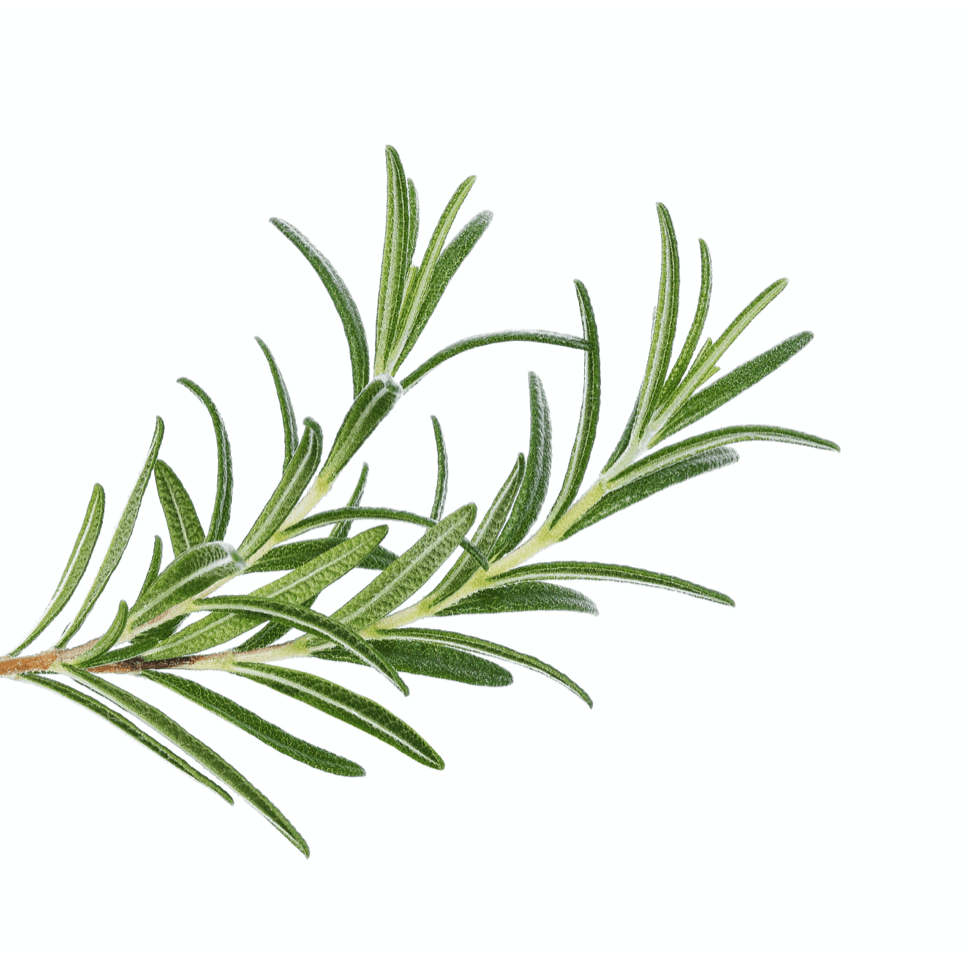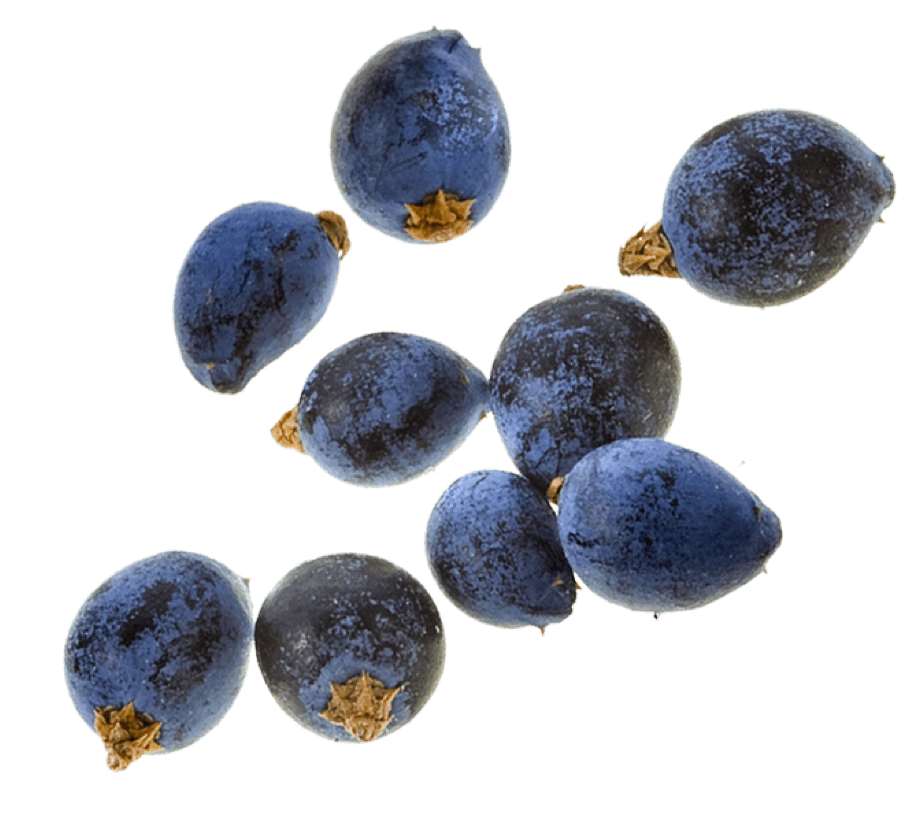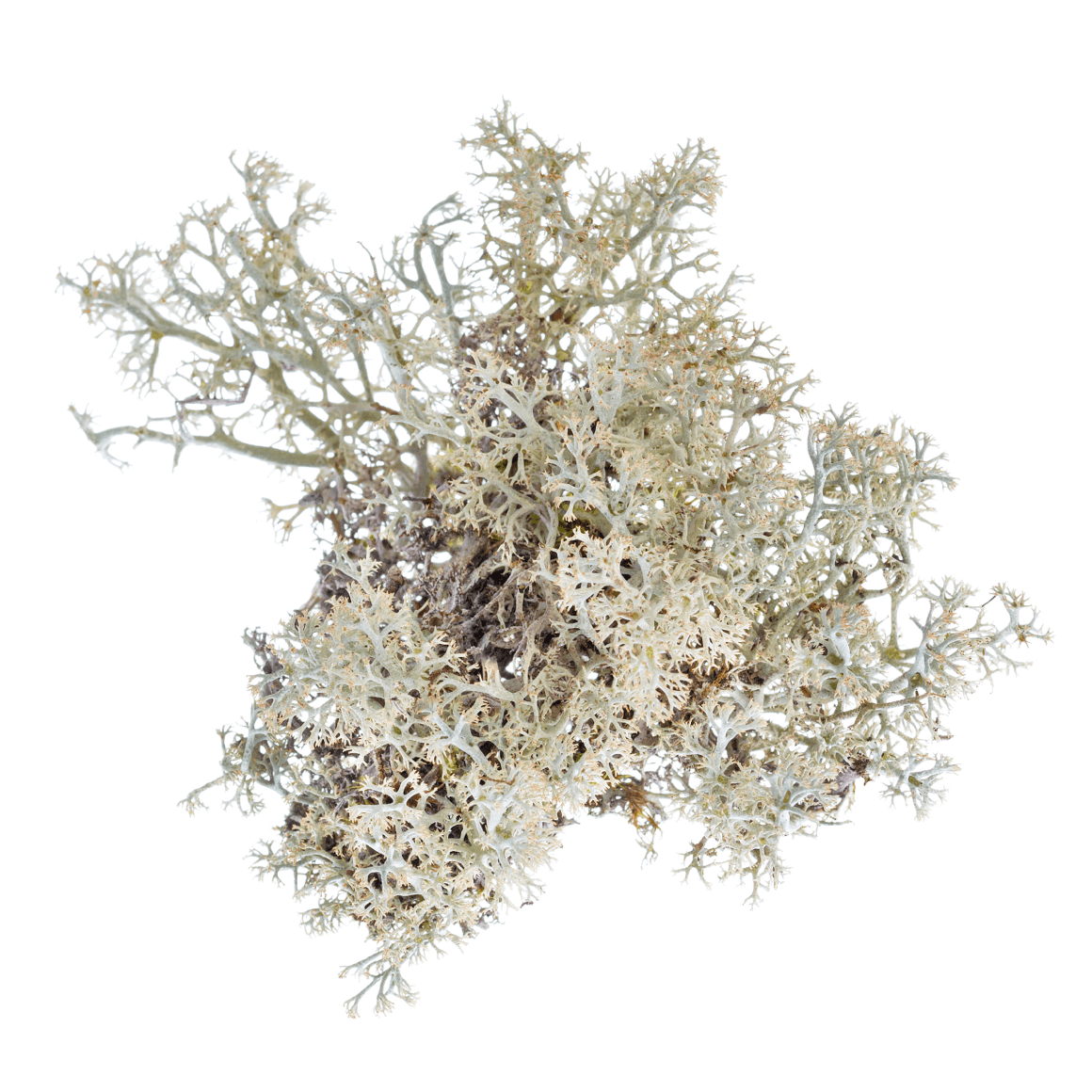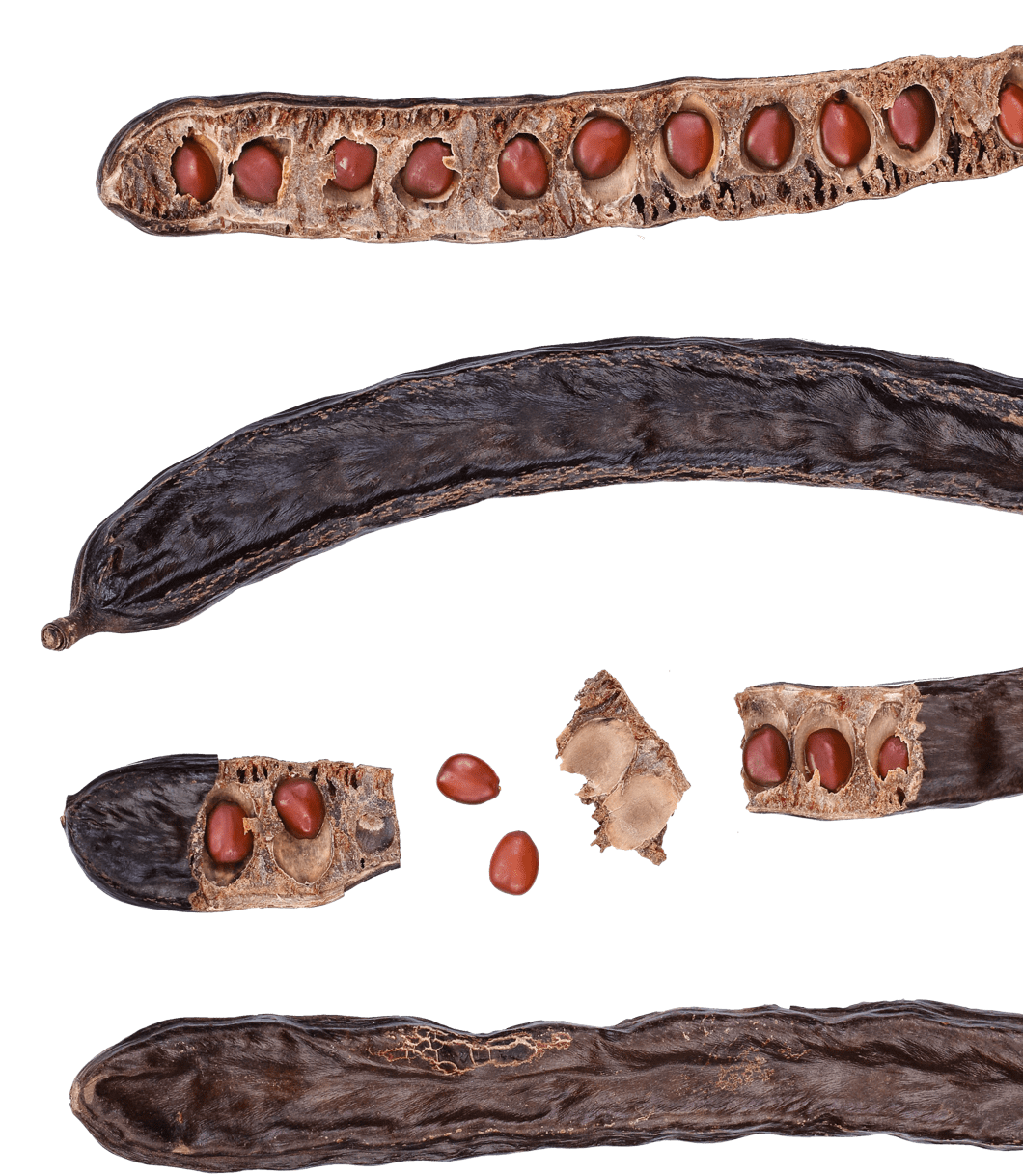MAMAKI TEA
The unique Mamaki tea (Pipturus Albidus) is native to the Hawaiian Islands and does not grow anywhere else in the world. The Mamaki bush or tree belonging to the nettle family, either with or without needles, has long dark green leaves with red veins. Thanks to its toning and strengthening properties, Mamaki has long been used for medical, ceremonial and healing purposes, and the seeds are used to promote digestion and strengthen the internal organs.
